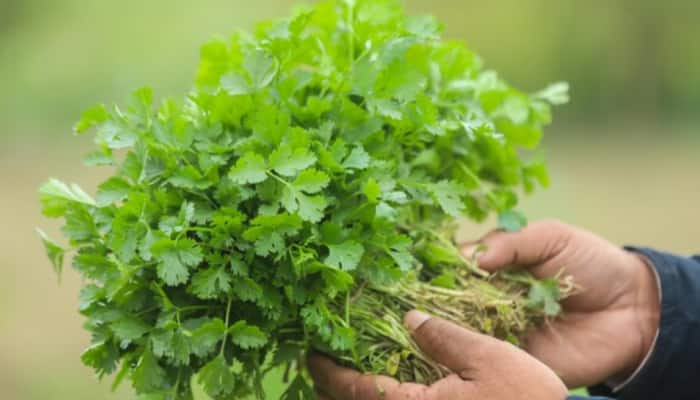Now, `artificial leaf` can heal itself after damage
The world`s first practical "artificial leaf" has gained another innovative feature - the ability to self-heal damage that occurs during production of energy.
Trending Photos
)
Washington: The world`s first practical "artificial leaf" has gained another innovative feature - the ability to self-heal damage that occurs during production of energy.
This makes the device even more suitable for providing people in developing countries and remote areas with electricity, said scientists.
Daniel G. Nocera, Ph.D, leader of the research team, explained that the "leaf" mimics the ability of real leaves to produce energy from sunlight and water.
The device, however, actually is a simple catalyst-coated wafer of silicon, rather than a complicated reproduction of the photosynthesis mechanism in real leaves. Dropped into a jar of water and exposed to sunlight, catalysts in the device break water down into its components, hydrogen and oxygen. Those gases bubble up and can be collected and used as fuel to produce electricity in fuel cells.
"Surprisingly, some of the catalysts we`ve developed for use in the artificial leaf device actually heal themselves. They are a kind of `living catalyst.` This is an important innovation that eases one of the concerns about initial use of the leaf in developing countries and other remote areas," Nocera said.
Nocera, who is the Patterson Rockwood Professor of Energy at Harvard University, explained that the artificial leaf likely would find its first uses in providing "personalized" electricity to individual homes in areas that lack traditional electric power generating stations and electric transmission lines.
Less than one quart of drinking water, for instance, would be enough to provide about 100 watts of electricity 24 hours a day. Earlier versions of the leaf required pure water, because bacteria eventually formed biofilms on the leaf`s surface, shutting down production.
"Self-healing enables the artificial leaf to run on the impure, bacteria-contaminated water found in nature," Nocera said.
"We figured out a way to tweak the conditions so that part of the catalyst falls apart, denying bacteria the smooth surface needed to form a biofilm. Then the catalyst can heal and re-assemble," he explained.
Earlier devices used rare, costly metals and other materials, involved complicated wiring and were expensive to manufacture. But Nocera`s artificial leaf uses less-expensive materials and incorporates a design - a so-called "buried junction" - that is simple and would be inexpensive to mass produce.
Nocera described the advance during the "Kavli Foundation Innovations in Chemistry Lecture" at the 245th National Meeting and Exposition of the American Chemical Society, the world`s largest scientific society.
ANI
Stay informed on all the latest news, real-time breaking news updates, and follow all the important headlines in india news and world News on Zee News.
Advertisement
Live Tv
Advertisement







)
)
)
)
)
)
)
)
)
)
